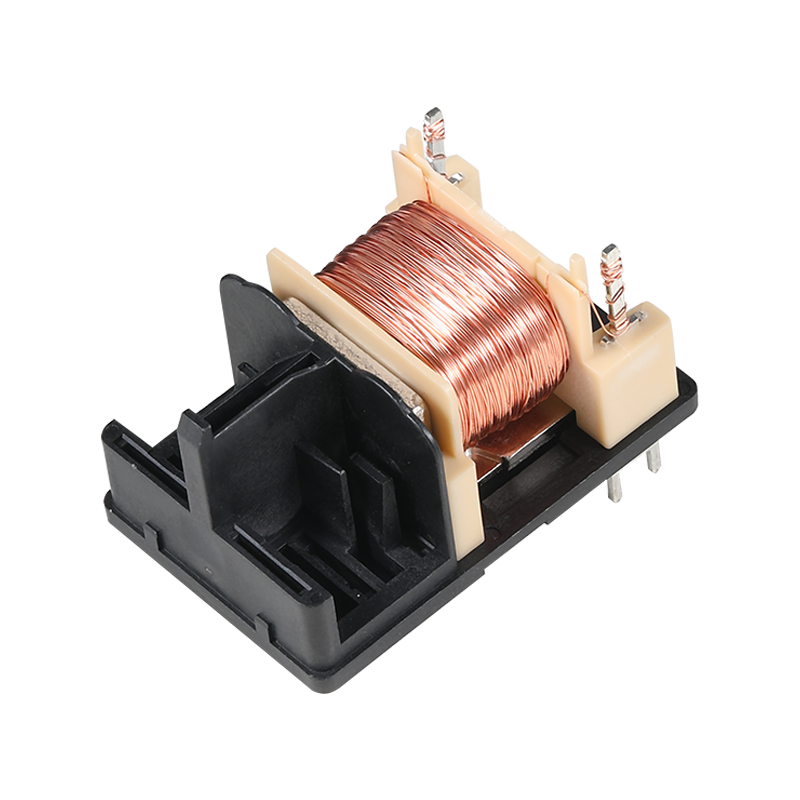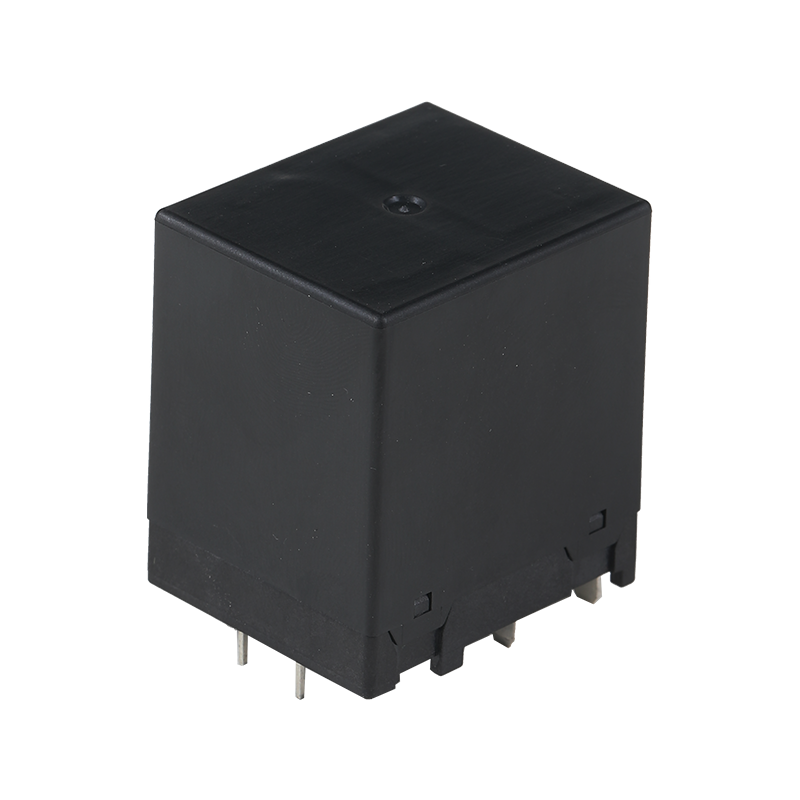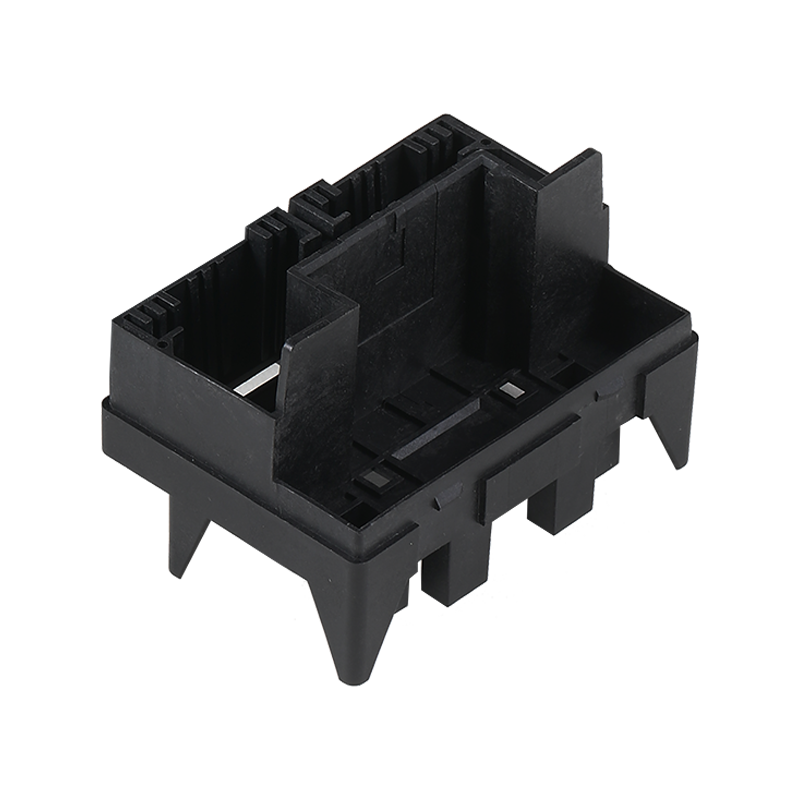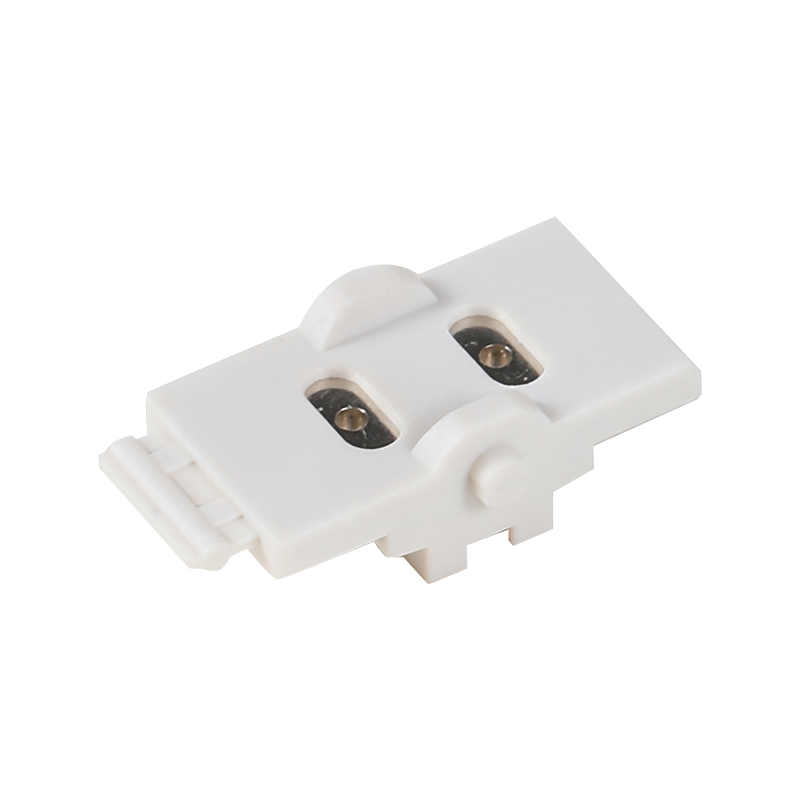
In the intricate ecosystem of a modern automobile, a humble yet critical component works tirelessly behind the scenes: the auto electrical relay. Often overlooked, these electromagnetic switches are fundamental to the management and distribution of electrical power, acting as the crucial intermediaries between low-current control circuits and high-power electrical loads. As vehicles evolve with more sophisticated features, the role of the auto electrical relay has never been more vital.
The core function of an auto electrical relay is simple yet brilliant. It allows a small electrical signal from a switch, like the one for a headlight or a power window, to control a much larger current needed to operate the device itself. This architecture protects delicate control switches from wear and tear and high-heat exposure, significantly enhancing their longevity and reliability. Without an auto electrical relay, a simple action like turning on headlights would require running thick, heavy-gauge wires directly from the battery to the dashboard switch and back to the lights, a design that is inefficient, costly, and potentially hazardous. The auto electrical relay elegantly solves this by enabling a lightweight, low-current wire to run to the switch, while the relay itself, positioned near the load, handles the heavy lifting with shorter, more robust connections.
The proliferation of comfort, convenience, and safety features in today's vehicles has led to a dramatic increase in the number of auto electrical relays present in a single unit. A typical modern car can house dozens of these components, each dedicated to a specific function. The radiator cooling fan, the fuel pump, the horn, the starter solenoid, and the blower motor for the climate control system all depend on the precise operation of an auto electrical relay. Even advanced driver-assistance systems (ADAS) rely on relays to manage power for sensors and electronic control units. The reliability of every auto electrical relay is, therefore, paramount to the overall performance and safety of the vehicle.
The industry is now witnessing a significant evolution in relay technology, driven by the dual trends of electrification and digitalization. In electric vehicles (EVs), the demands on the electrical system are even higher. Here, auto electrical relays are tasked with managing immense voltages and currents within the battery management systems and powertrains. These are not standard relays; they are highly specialized components designed for bad performance and fault isolation, ensuring the integrity of the high-voltage system. Furthermore, the rise of the software-defined vehicle is paving the way for a new generation: the smart auto electrical relay. These advanced relays can communicate with a central vehicle computer, providing real-time data on their status, load conditions, and even predicting potential failures before they occur. This shift transforms the auto electrical relay from a simple switch into an intelligent node within the vehicle's network.
Despite these advancements, the core principle of the auto electrical relay remains unchanged. It continues to be the silent workhorse, a testament to elegant engineering that provides robust and efficient electrical control. As automobiles continue their trajectory toward greater electrification and autonomy, the humble auto electrical relay will undoubtedly continue to adapt and evolve, securing its place as an indispensable guardian of the vehicle's electrical heart. Its ongoing development is a critical enabler for the next generation of automotive innovation.

 English
English 中文简体
中文简体 русский
русский









